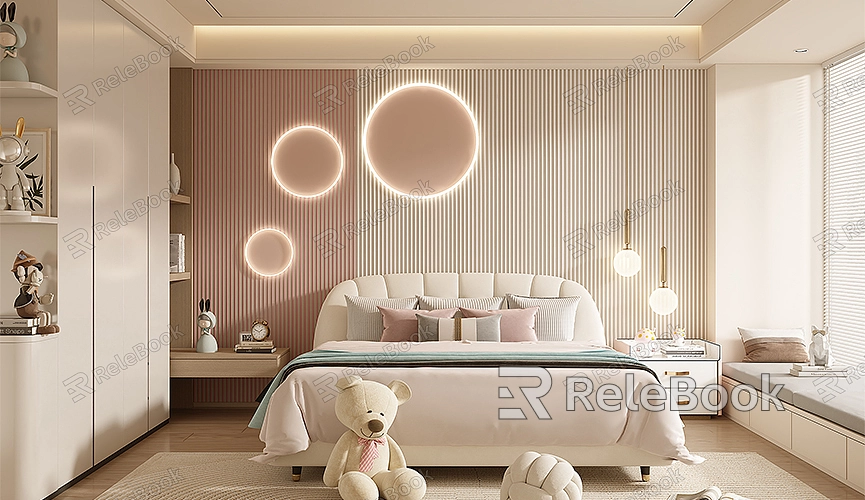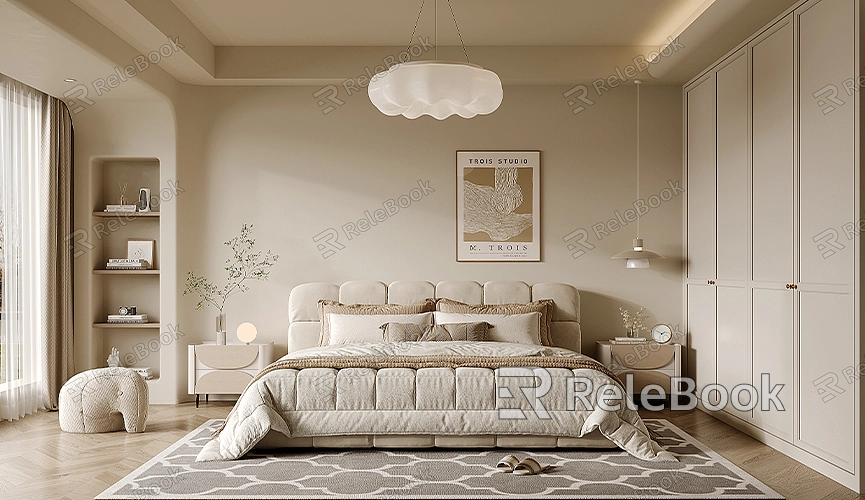How to Make 3D Models for Procreate
Procreate is a powerful digital drawing application loved by many artists and designers. Although Procreate is primarily used for 2D drawing, creating 3D models with external software and then importing them into Procreate for rendering and painting is a very effective method. This guide will detail how to make 3D models for Procreate and offer some practical tips.
Choosing the Right Software
First, you need to select a suitable 3D modeling software. There are many excellent 3D modeling tools available, such as Blender, Maya, and 3ds Max. Blender is a free, open-source software that is ideal for both beginners and professionals. This guide will use Blender as an example to explain how to create 3D models.
Creating 3D Models
After opening Blender, follow these steps to create a 3D model:
1. Start a New Project: Open Blender, select “File” > “New” > “General.”
2. Delete the Default Cube: Select the default cube and press “X” to delete it.
3. Add a Basic Model: Press “Shift+A,” select “Mesh” > “UV Sphere” or another basic shape to start your model.
4. Adjust the Model: Use the “Move,” “Rotate,” and “Scale” tools to adjust the shape and position of the model.
5. Refine the Model: Enter Edit Mode (press “Tab”) and use various editing tools (such as “Extrude” and “Inset”) to refine the details of your model.

Applying Textures and Materials
Once you have created the basic model, you need to apply textures and materials:
1. Add a Material: In the “Material Properties” panel on the right, click the “New” button to create a new material for the model.
2. Set Material Properties: In the material properties, adjust parameters such as “Base Color,” “Roughness,” and “Metallic” to make the model look more realistic.
3. Add a Texture: In the Shader Editor, add an “Image Texture” node and import the texture image you need. Connect the “Color” output of the “Image Texture” node to the “Base Color” input of the “Principled BSDF” node.
4. Adjust UV Mapping: Enter UV Editing Mode (press “Tab,” then select “UV Editing”) to adjust the UV mapping of the model so the texture is correctly applied to its surface.
Exporting the Model
After completing the 3D model and texture application in Blender, export the model in a format supported by Procreate (such as OBJ or USDZ):
1. Select the Model: In Object Mode, select the model you want to export.
2. Export the Model: Choose “File” > “Export” > “Wavefront (.obj)” or “USD (.usdz)” format.
3. Set Export Options: In the export options, make sure to check “Selection Only” and “Apply Modifiers,” then click the “Export” button.

Importing into Procreate
After exporting the model, you can import it into Procreate:
1. Open Procreate: Launch the Procreate app on your iPad.
2. Import the 3D Model: In the canvas interface, tap the “Actions” button (wrench icon), select “Add” > “Insert a 3D File.” Choose the OBJ or USDZ file you just exported, and the model will be imported into Procreate.
3. Start Painting: Use Procreate’s various drawing tools to paint and render on the 3D model, creating unique artistic effects.
Tips and Tricks
- Use High-Quality Textures: High-quality textures can significantly enhance the visual effect of your model. If you need high-quality 3D textures, HDRIs, or model downloads, you can get them from Relebook. After downloading, simply import the textures and models into your project.
- Optimize the Model: Before exporting, ensure you remove unnecessary vertices and faces to reduce file size and improve rendering efficiency.
- Save Regularly: Remember to save your project files regularly to prevent accidental data loss.
By following these steps, you can easily create 3D models for Procreate and carry out further creation and rendering in Procreate. Hopefully, this guide will help you gain more inspiration and skills in digital art creation.

